Sunday, April 15, 2007
Laurel Mountain and Carrick's Ford, July 7-13, 1861
In early May of 1861 General George B. McClellan sent 20,000 Union soldiers into western Virginia to hold the area while protecting the Baltimore & Ohio Railroad. Fiftly miles west of the Shenandoah Valley, General Robert S. Garnett and 4,500 Confederate soldiers protected a supply depot at Beverly with positions on Laurel Mountain to the north and Rich Mountain to the west. On July 5th soldiers from Union General Thomas Morris's Indiana brigade arrived in front of Laurel Mountain and started skirmishing on July 7th with the Rebel defenders. McClellan arrived on July 9th and began to plan for an assault on Laurel Mountain. On the 11th a Union force under General William S. Rosecrans made a successful attack on Rich Mountain. Garnett ordered Laurel evacuated and shortly after midnight his men began marching through the rain toward Beverly. Upon receiving a false report that Beverly had been captured, they retraced their steps and took a different route eastward over Cheat Mountain and into the Cheat River Valley, where they had to ford four wide streams. Morris's brigade closely followed Garnett's retreat, forcing the Confederates to stop and fight delaying actions at each river crossing. At the second crossing, Carrick's Ford, Rebel wagons became bogged down in the stream. Garnett and the rear guard stayed at Carrick's Ford to hold up the Union pursuit until the wagons could cross the next stream, about three miles away. A few minutes later Morriss's Yankees appeared on the other side of the river and began trading shots with the Rebels. Garnett was hit and died within minutes, becoming the first general to be killed in the Civil War. His rear guard hurried away and after a long march, successfully got away. McClellan's success at Rich and Laurel mountains made him into a national hero. He was soon asked to command the North's mightiest army.
Subscribe to:
Post Comments (Atom)
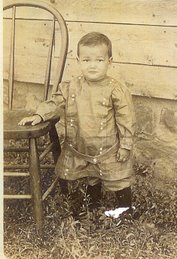
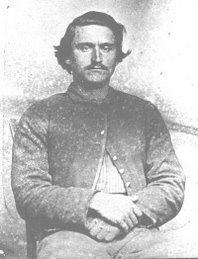

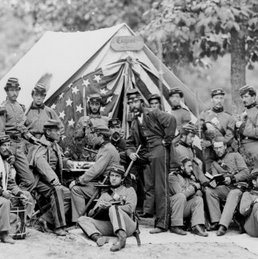

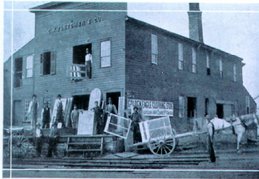
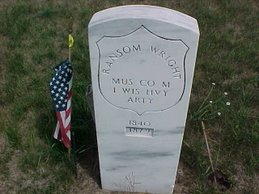

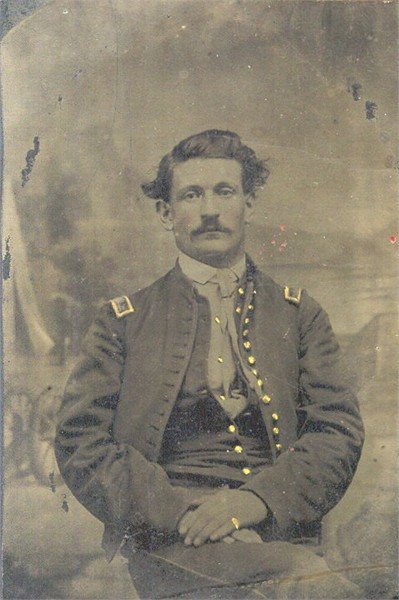
No comments:
Post a Comment